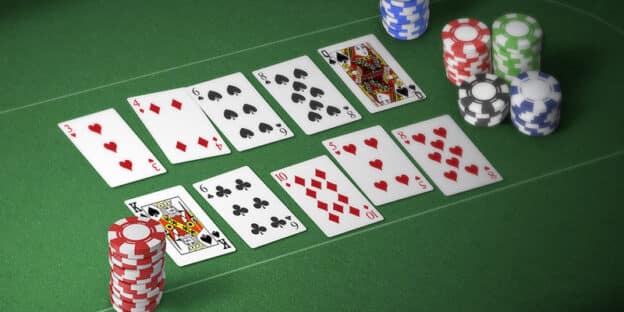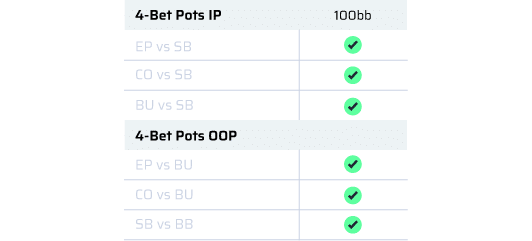In today’s blog, we continue our analysis of key hands from the 2025 WSOP Double Board Bomb Pot Event. We’ll break down a specific hand from the $1500 Double Board event, examining critical decision points, shifts in equity, and optimal strategic plays.
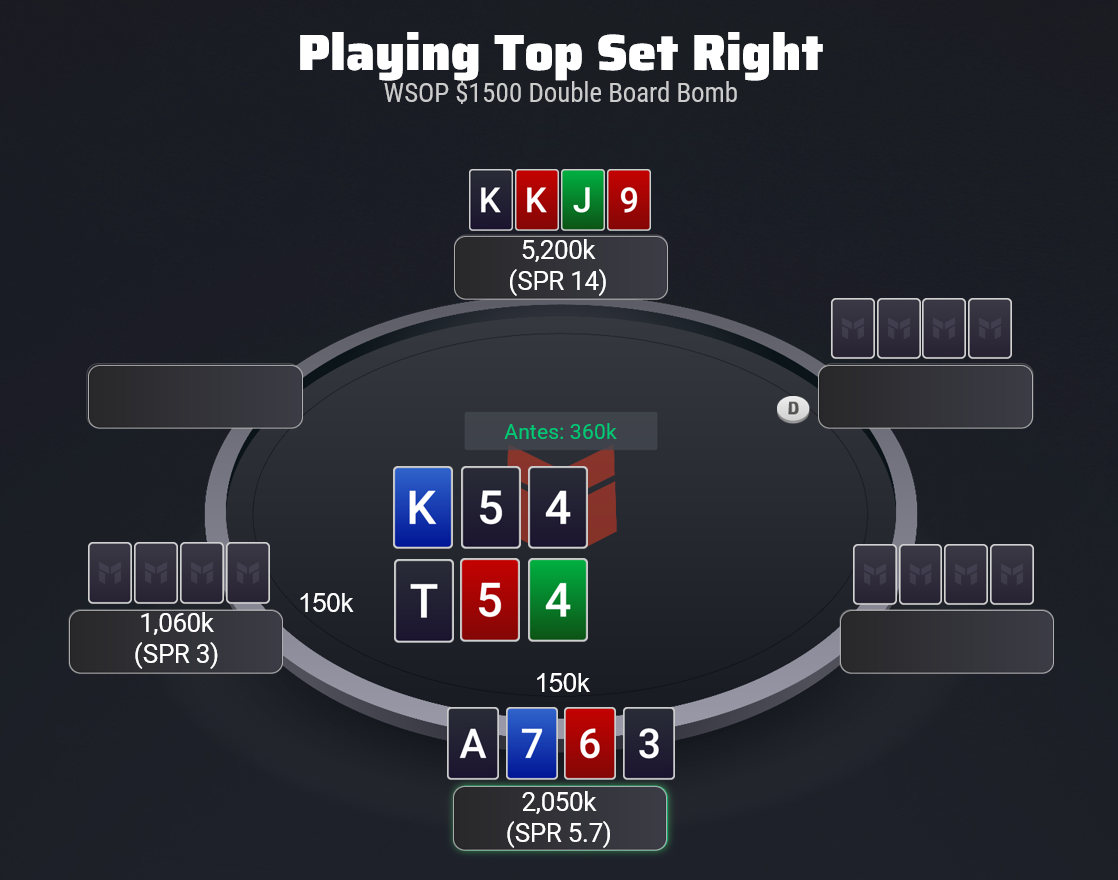
Flop Analysis: Early Decisions on Two Complex Boards
The hand takes place 6-handed with every playing posting a 60K ante, contributing to a pot of 360k going to the following boards:
K♦5♠4♠ (Top)
T♠5♥4♣ (Bottom)
Let’s take a look at our player in focus for this article:
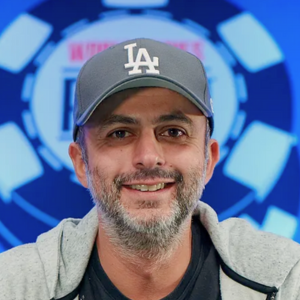
Robert Nehorayan
A WSOP Bracelet winner with over $725,000 in live earnings. He earned his prestigious gold bracelet in 2018, winning the $1,500 Limit Hold’em event.
Nehorayan is sitting on the Big Blind with A♠7♦6♥3♠.
His hand holds strong drawing potential: wraps on both boards and the nut flush draw on the top. With an effective stack size around 2 million chips, his SPR (Stack-to-Pot Ratio) is nearly 6. At this stack depth, players must weigh chip preservation against aggression, and position starts to matter significantly, with everyone holding 100% ranges going to the flop position is the only advantage that remains.
Despite being out of position, Nehorayan makes a 150k bet (40% of the pot). While many hands would opt to check here, combo draws like his benefit significantly from equity denial and strong multiway potential. By inviting more players to ‘pay’ to chase non-nut draws, Nehorayan actually strengthens his position.
An added advantage for Nehorayan is the presence of a 5 and a 4 on both boards, which greatly reduces the likelihood of either board pairing up later in the hand.
Key Takeaway: Hands with strong nut potential and good equity on both boards can justify a bet, even out of position. Equity denial plays a larger role than in single-board formats, and there is no bad outcome that can happen after we bet.
The Flop Calls: Assessing Each Player’s Decision
Danny Wong flats with a ~1.1M stack. His short stack and passive line suggest a solid draw or two-pair + draw combination.
Brian Smith calls from the cutoff (stack ~5.2M) with K♠K♥J♣9♥. Many players instinctively raise top set here, but this can be a mistake in double board pots. On the bottom board, his hand is just an overpair with limited backdoors.
Let’s examine Smith’s hand equity against common villain holdings:
Villain Hand
TTxx
55xx
876x
A763ss
KKJ9 Equity
54%
53%
47%
35%
Smith finds himself vulnerable, particularly against powerful combo draws like Nehorayan’s. In multiway scenarios, this vulnerability increases significantly.
Opponent Combos
876 + 876
55 + 44
876 + 55
A763 + 55
Smith’s Equity
48%
47%
29%
23%
Takeaway: Even a seemingly strong hand, like top set on a single board, can underperform in multiway pots. It’s crucial to carefully consider how both boards affect your overall equity before committing a large portion of your stack.
Turn Strategy: Position, Pressure, and Equity Shifts
Turn Cards:
A♦ → K♦5♠4♠ A♦ (Top)
Q♣ → T♠5♥4♣ Q♣ (Bottom)
Nehorayan (A♠7♦6♥3♠) hits top pair on the top board but misses his flush- and straight outs. New flush draws (diamonds, clubs) reduce the value of his wraps. His overall equity drops:
Opponent Hand
KK
TT
K54
55
876
Flop Equity
65%
66%
64%
55%
59%
Turn Equity
47%
60%
49%
43%
61%
He checks, as does Wong. Smith certainly doesn’t love the Ace of diamonds on his board, as he now loses to aces and the wheel straight. With another flush draw coming in, his set became even more vulnerable to drawing hands.
Although the second club isn’t ideal, the current equities and the two checks in front of him provide Smith with a clear green light for aggression.
Opponent Combos
TT
55
876
A763
Smith’s Equity
59%
57%
62%
54%
Key Takeaway: When opponents check and your value hand becomes vulnerable on various runouts, a large bet can exert maximum pressure, forcing weaker hands to fold and gaining clarity on the strength of the remaining opponents’ holdings.
Facing the Pressure: Nehorayan’s Shove Decision
Nehorayan must now act. Facing a pot-sized bet, he shoves. But is that the optimal play? Let’s evaluate:
- Is fold equity a factor?
Minimal, as the raise is quite small relative to the pot. - Equity realization against 1 player vs. 2 players?
There’s no significant improvement, especially considering Wong’s stack is only slightly larger than the initial turn bet.
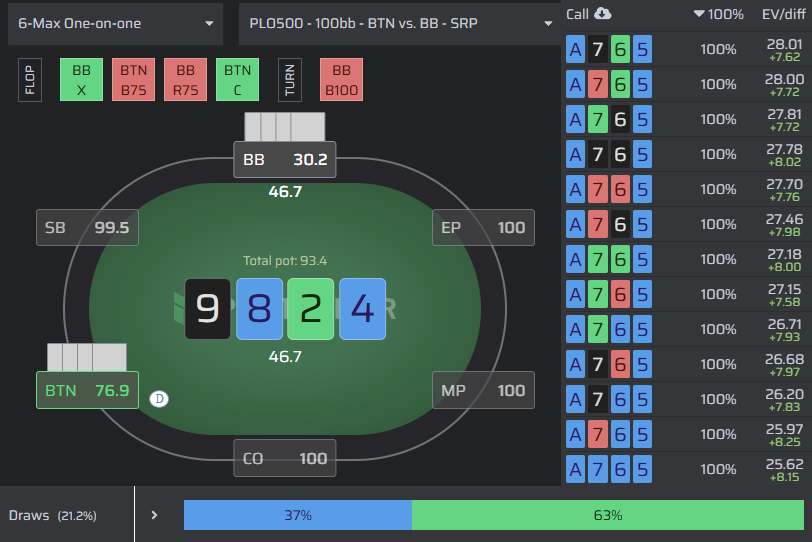
PLO Trainer outputs for similar single-board scenarios suggest calling with big draws is preferred at low SPRs:
- Drawing hands rarely/never raise in similar low SPR scenarios
- Call EV > Raise EV by a solid margin
Alternative Line: Nehorayan could have led the turn himself. In double board formats, denying equity to marginal hands is more important than bluff catching, and given that his hand type has somewhat static equity against both strong and weak hands, as he needs to improve to a made hand yet.
Key Takeaway: Against pot-sized bets, evaluate whether shoving improves your fold equity or helps isolate. In most cases, calling retains flexibility and is likely to have higher EV.
Showdown
Final runout:
K♦5♠4♠ A♦ A♣ (Top)
T♠5♥4♣ Q♣ 6♣ (Bottom)
Result: Smith wins the top with a full house. Nehorayan wins the bottom with a straight. Pot is split.
Final Takeaways
Double Board Bomb Pots challenge players to think across multiple levels: dual board texture, SPR management, and combo equity all must be evaluated simultaneously.
This hand underscores several important concepts:
- Play draws aggressively – but wisely.
Leading flops or turns with strong and nutty combo draws can deny equity while building the pot against weaker draws. - Don’t overplay one-board strength.
Hands like top set may still be behind in equity. - Equity splits matter.
Learn to calculate and understand multiway equities with tools like solvers and trainers to prepare. - Having position means leverage.
Smith’s position enabled him to make the most profitable decision at each street.
Approaching these games with structured analysis and discipline – as shown in this breakdown – is essential for success in this growing format.
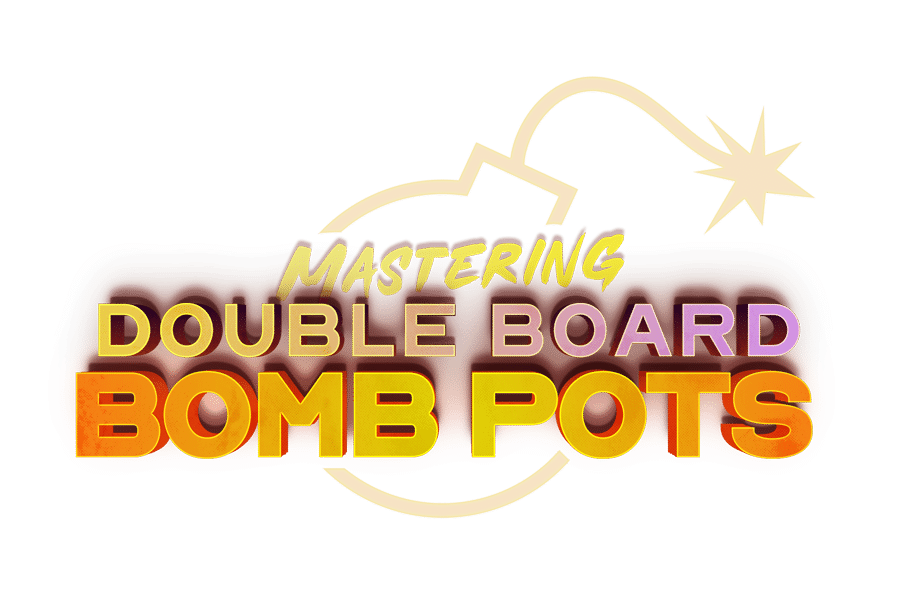
Gain an edge in these MASSIVE POTS
Elevate your game by masterming a crucial format for serious PLO players.

We can only tip our hats to the elite players figuring everything out in the heat of the moment while risking their tournament life.
Want to see another hand from this same tournament, featuring Phil Hellmuth?
Click here to read the full breakdown.




